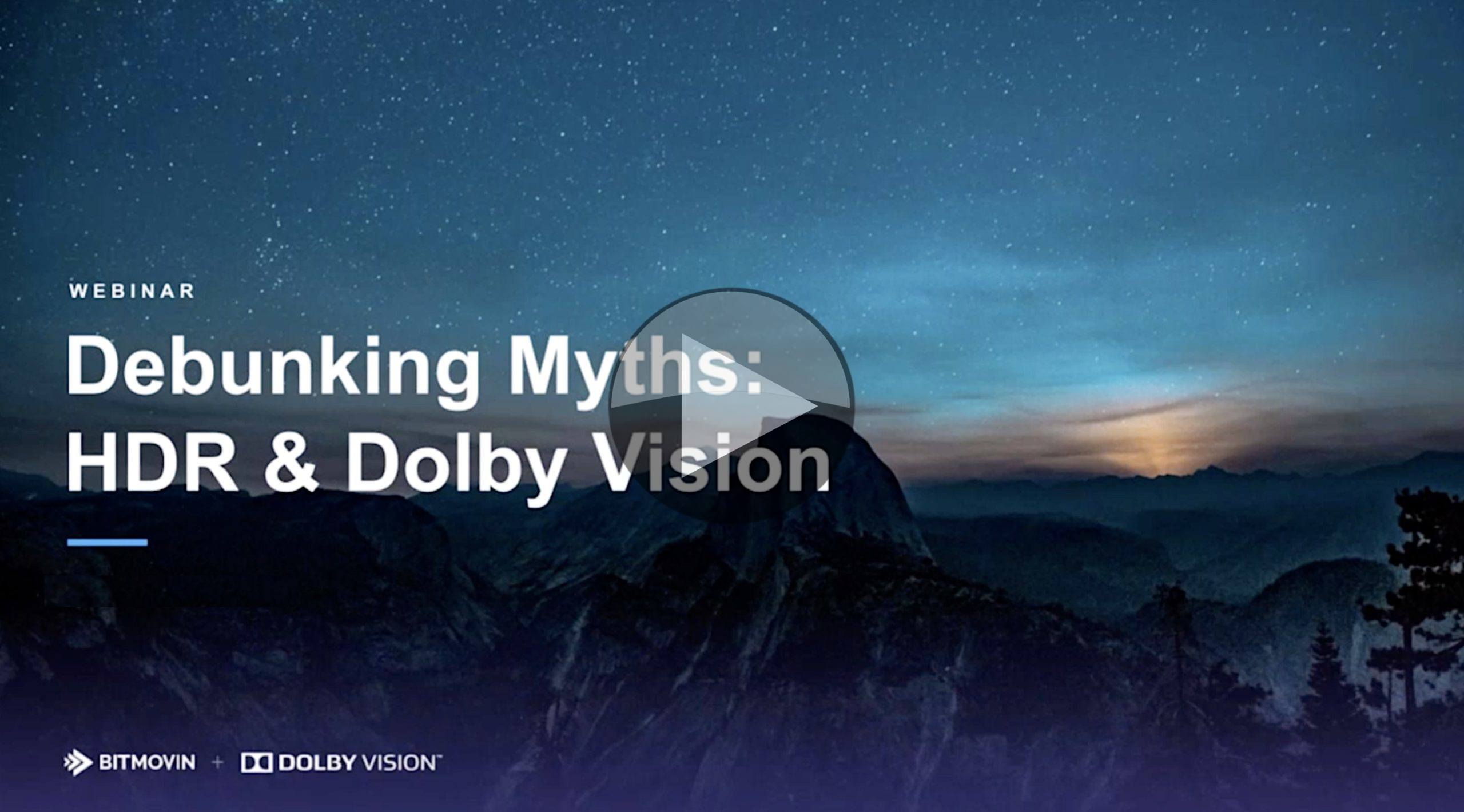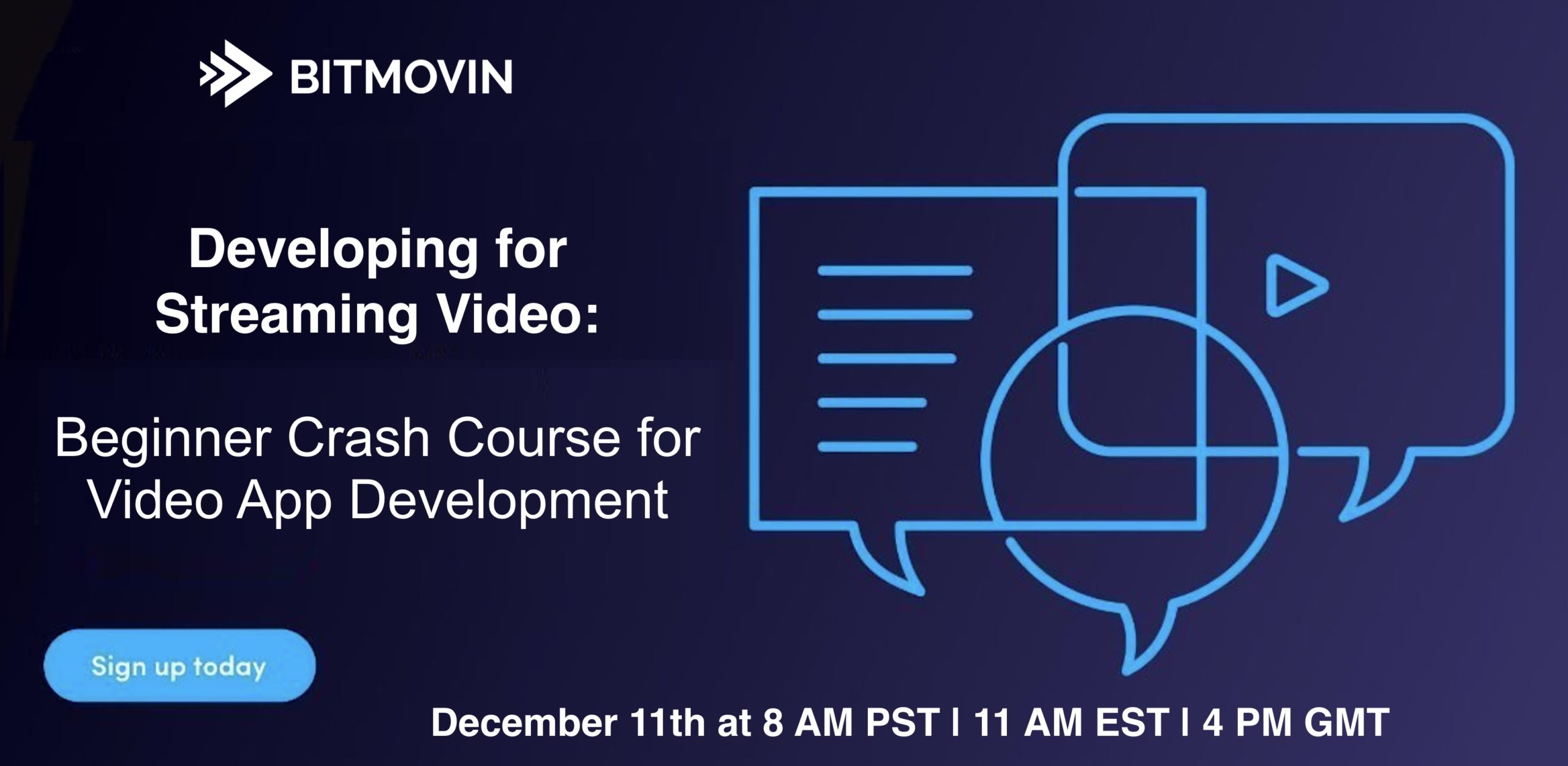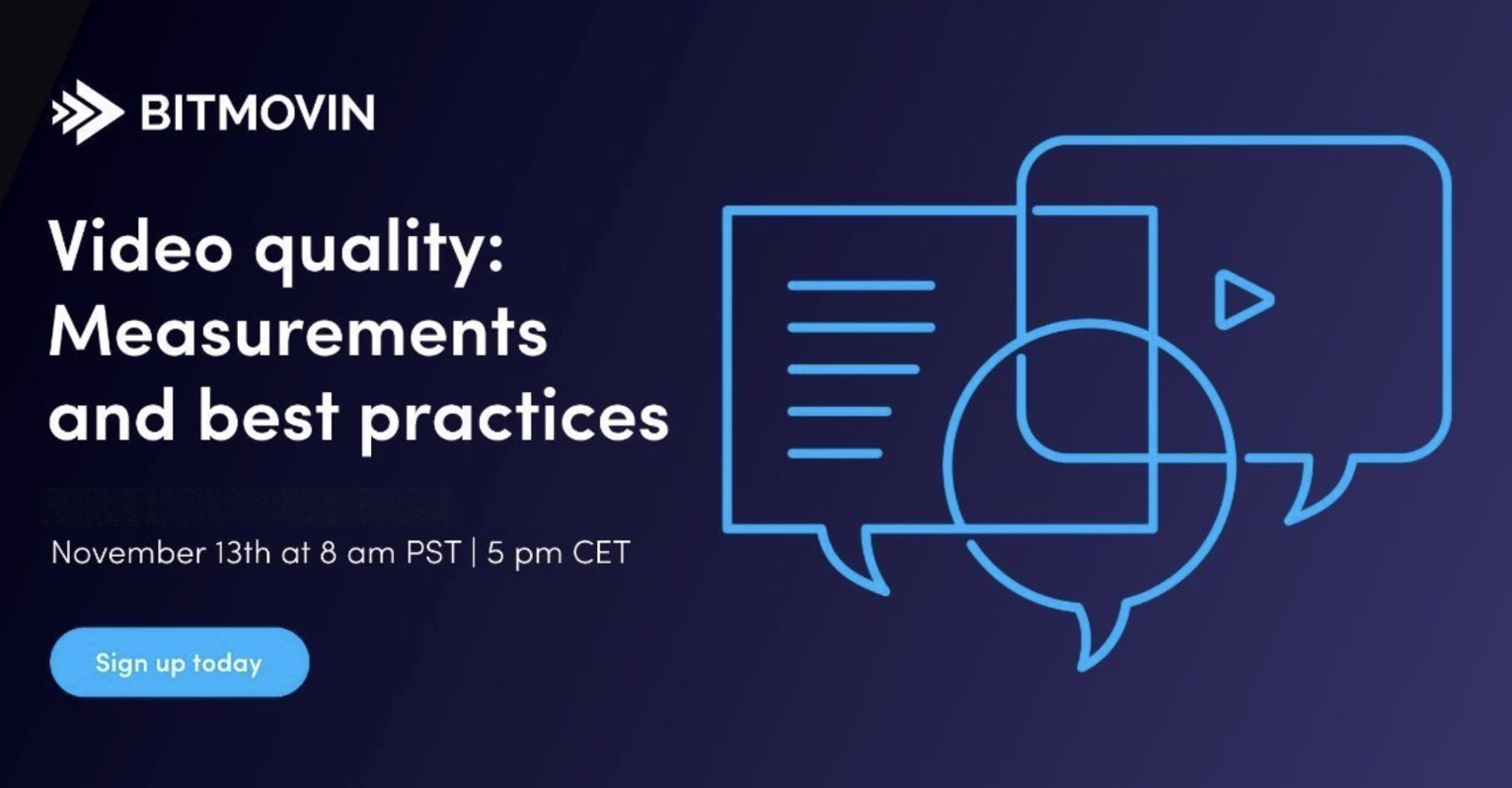There seem no let up in the number of technologies coming to market and whilst some, like HDR, have been slowly advancing on us for many years, the technologies that enable them such as Dolby Vision, HDR10+ and the metadata handling technologies further upstream are more recent. So it’s no surprise that there is some confusion over what’s possible and what’s not.
In this video, Bitmovin and Dolby the truth behind 5 myths surrounding the implementation and financial impact of Dolby Vision and HDR in general. Bitmovin sets the scene by with Sean McCarthy giving an overview on their research into the market. He explains why quality remains important, simply put to either keep up with competitors or be a differentiator. Sean then gives an overview of the ‘better pixels’ principle underlining that improving the pixels themselves is often more effective than higher resolution, technologies such as wide colour gamut (WCG) and HDR.
David Brooks then explains why HDR looks better, explaining the biology and psychology behind the effect as well as the technology itself. The trick with HDR is that there are no extra brightness values for the pixels, rather the brightness of each pixel is mapped onto a larger range. It’s this mapping which is the strength of the technology, altering the mapping gives different results, ultimately allowing you to run SDR and HDR workflows in parallel. David explains how HDR can be mapped down to low-brightness displays,
The last half of this video is dedicated to the myths. Each myth has several slides of explanation, for instance, the one suggests that the workflows are very complex. Hangen Last walks through a number of scenarios showing how dual (or even three-way) workflows can be achieved. The other myths, and the questions at the end, talk about resolution, licensing cost, metadata, managing dual SDR/HDR assets and live workflows with Dolby Vision.
Watch now!
Speakers
 |
David Brooks Senior Director, Professional Solutions, Dolby Laboratories |
 |
Hagan Last Technology Manager, Content Distribution, Dolby Laboratories |
 |
Sean McCarthy Senior Technical Product Marketing Manager, Bitmovin |
 |
Moderator: Kieran Farr VP Marketing, Bitmovin |











